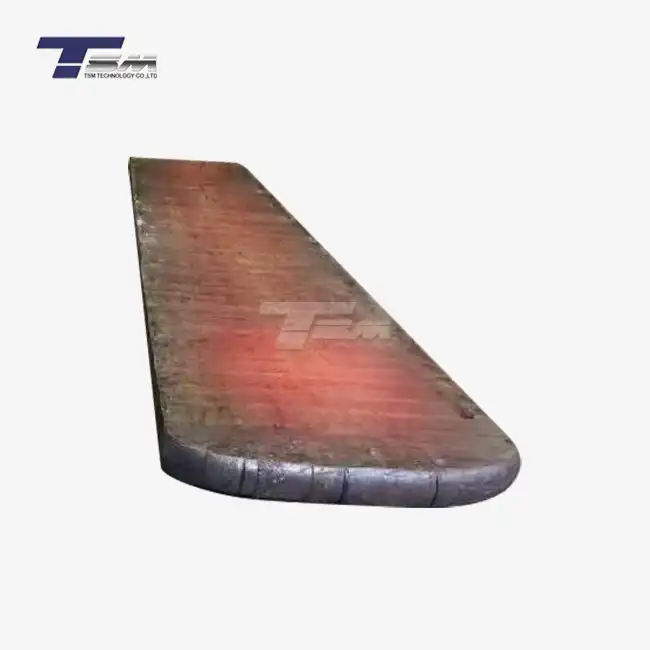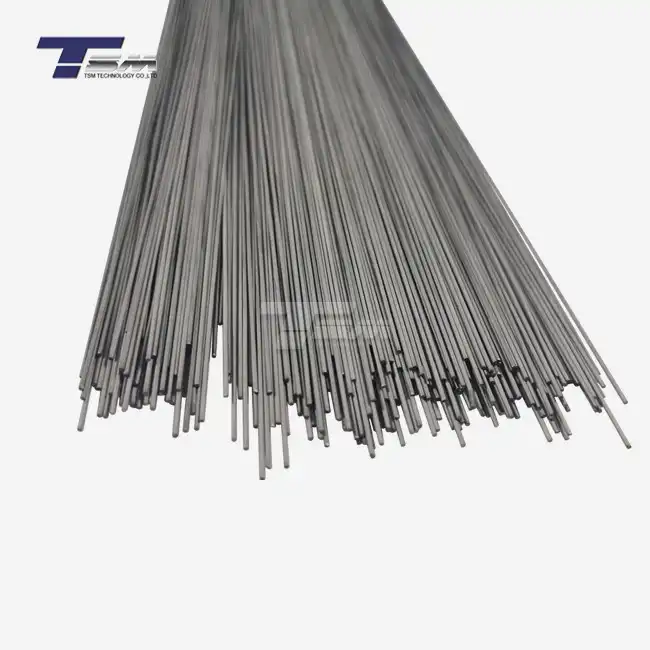- English
- French
- German
- Portuguese
- Spanish
- Russian
- Japanese
- Korean
- Arabic
- Greek
- German
- Turkish
- Italian
- Danish
- Romanian
- Indonesian
- Czech
- Afrikaans
- Swedish
- Polish
- Basque
- Catalan
- Esperanto
- Hindi
- Lao
- Albanian
- Amharic
- Armenian
- Azerbaijani
- Belarusian
- Bengali
- Bosnian
- Bulgarian
- Cebuano
- Chichewa
- Corsican
- Croatian
- Dutch
- Estonian
- Filipino
- Finnish
- Frisian
- Galician
- Georgian
- Gujarati
- Haitian
- Hausa
- Hawaiian
- Hebrew
- Hmong
- Hungarian
- Icelandic
- Igbo
- Javanese
- Kannada
- Kazakh
- Khmer
- Kurdish
- Kyrgyz
- Latin
- Latvian
- Lithuanian
- Luxembou..
- Macedonian
- Malagasy
- Malay
- Malayalam
- Maltese
- Maori
- Marathi
- Mongolian
- Burmese
- Nepali
- Norwegian
- Pashto
- Persian
- Punjabi
- Serbian
- Sesotho
- Sinhala
- Slovak
- Slovenian
- Somali
- Samoan
- Scots Gaelic
- Shona
- Sindhi
- Sundanese
- Swahili
- Tajik
- Tamil
- Telugu
- Thai
- Ukrainian
- Urdu
- Uzbek
- Vietnamese
- Welsh
- Xhosa
- Yiddish
- Yoruba
- Zulu
Is Inconel 718 Sheet Suitable for Nuclear Fuel Rod Cladding?
Inconel 718 sheet is not typically suitable for nuclear fuel rod cladding. While Inconel 718 possesses excellent corrosion resistance and high-temperature strength, properties crucial for nuclear applications, it's not the optimal choice for fuel rod cladding. The nuclear industry primarily uses zirconium-based alloys, such as Zircaloy, for this purpose due to their low neutron absorption cross-section, which is essential for maintaining reactor efficiency. Inconel 718, being a nickel-based superalloy, has a higher neutron absorption rate, potentially impacting the nuclear reaction. However, Inconel 718 finds extensive use in other nuclear power plant components where its superior properties are advantageous.
Properties of Inconel 718 Sheet Relevant to Nuclear Applications
High-Temperature Strength and Stability
Inconel 718 sheet exhibits remarkable strength retention at elevated temperatures, a critical factor in nuclear environments. This nickel-chromium-based superalloy maintains its mechanical properties up to 1300°F (704°C), making it a robust material for various nuclear power plant components. The alloy's ability to resist creep and stress-rupture at high temperatures stems from its unique microstructure, which includes strengthening precipitates like gamma prime (γ') and gamma double prime (γ''). These precipitates impede dislocation movement, preserving the alloy's strength under extreme conditions.
Corrosion Resistance in Harsh Environments
The exceptional corrosion resistance of the Inconel 718 plate is another property that makes it valuable in nuclear applications. Its high nickel and chromium content forms a protective oxide layer, shielding the material from aggressive chemical attacks. This resistance extends to various corrosive media, including high-temperature water and steam, which are prevalent in nuclear reactors. The alloy's ability to withstand stress corrosion cracking, a common concern in nuclear environments, further enhances its suitability for specific reactor components.
Radiation Resistance and Dimensional Stability
While not as radiation-resistant as zirconium alloys, Inconel 718 still offers commendable performance under radiation exposure. The alloy's face-centered cubic (FCC) crystal structure provides inherent resistance to radiation-induced swelling and embrittlement. This characteristic ensures dimensional stability of components made from Inconel 718 sheet, crucial for maintaining proper clearances and tolerances within a reactor. However, it's important to note that prolonged exposure to high neutron fluxes can eventually lead to changes in mechanical properties, necessitating careful monitoring and scheduled replacements in critical applications.
Applications of Inconel 718 in Nuclear Power Plants
Reactor Internals and Core Components
While not used for fuel rod cladding, Inconel 718 sheet and plate find extensive use in other reactor internals. These components include control rod guide tubes, core barrel bolts, and various support structures within the reactor vessel. The alloy's high strength-to-weight ratio and resistance to radiation-induced degradation make it an excellent choice for these applications. Inconel 718's ability to maintain its properties under the intense heat and pressure of a reactor core ensures the structural integrity of these critical components throughout the plant's operational lifetime.
Steam Generator Tubing and Components
Steam generators in nuclear power plants often utilize Inconel 718 for tubing and other components. The alloy's resistance to stress corrosion cracking in high-temperature water environments is particularly beneficial in this application. Inconel 718 plate is also used for tube sheets and support plates within steam generators. These components must withstand the corrosive effects of both primary and secondary coolant systems while maintaining their structural integrity under high pressures and temperatures. The alloy's excellent fatigue resistance also contributes to the longevity of these critical heat exchange components.
Fasteners and High-Strength Components
Inconel 718's exceptional strength and corrosion resistance make it an ideal material for fasteners and other high-strength components in nuclear power plants. Bolts, nuts, and washers made from this alloy can maintain their integrity in areas exposed to high temperatures, corrosive environments, and radiation. The alloy's resistance to galling and seizing is particularly valuable in these applications, ensuring that fasteners can be properly tightened and removed during maintenance operations without damaging the threads or surrounding components.
Limitations and Considerations of Using Inconel 718 in Nuclear Applications
Neutron Absorption Characteristics
One of the primary limitations of using Inconel 718 sheet in nuclear fuel assemblies is its neutron absorption characteristics. The alloy contains elements with relatively high neutron capture cross-sections, particularly nickel and niobium. This property can lead to decreased neutron economy within the reactor core, potentially reducing overall efficiency. In contrast, zirconium-based alloys used for fuel rod cladding have much lower neutron absorption rates, allowing for more efficient use of nuclear fuel. This limitation is a key reason why Inconel 718 is not typically used for fuel rod cladding despite its other advantageous properties.
Long-Term Radiation Effects
While Inconel 718 exhibits good radiation resistance in the short term, prolonged exposure to high neutron fluxes can lead to changes in its microstructure and mechanical properties. Over time, radiation-induced void swelling and helium embrittlement can occur, potentially compromising the integrity of components made from Inconel 718 plate. These long-term effects necessitate careful monitoring and scheduled replacements of critical components in high-radiation areas of nuclear power plants. Understanding these limitations is crucial for determining appropriate inspection intervals and service life expectations for Inconel 718 parts in nuclear applications.
Cost and Fabrication Considerations
Inconel 718 is a premium alloy with associated higher costs compared to some other materials used in nuclear power plants. The complex composition and processing requirements of Inconel 718 sheet contribute to its higher price point. Additionally, fabricating components from this alloy can be more challenging due to its work-hardening characteristics and the need for specialized heat treatments to achieve optimal properties. These factors must be weighed against the alloy's superior performance characteristics when considering its use in nuclear applications. In some cases, the long-term benefits of using Inconel 718, such as extended component life and reduced maintenance requirements, can offset the initial higher costs.
Conclusion
In conclusion, while Inconel 718 sheet is not suitable for nuclear fuel rod cladding due to its neutron absorption characteristics, it remains an invaluable material in various other nuclear power plant applications. Its exceptional high-temperature strength, corrosion resistance, and overall performance in harsh environments make it ideal for reactor internals, steam generator components, and high-strength fasteners. However, engineers and plant designers must carefully consider the alloy's limitations, including long-term radiation effects and higher costs, when specifying its use. As the nuclear industry continues to evolve, the role of advanced materials like Inconel 718 will remain crucial in ensuring the safety, efficiency, and longevity of nuclear power facilities.
Contact Us
For more information about Inconel 718 sheet, plate, and other superior alloy products for nuclear and other industrial applications, please contact TSM TECHNOLOGY at info@tsmnialloy.com. Our team of experts is ready to assist you in finding the right alloy solutions for your specific needs.
References
Rao, G. A., Kumar, M., Srinivas, M., & Sarma, D. S. (2003). Effect of standard heat treatment on the microstructure and mechanical properties of hot isostatically pressed superalloy Inconel 718. Materials Science and Engineering: A, 355(1-2), 114-125.
Azadian, S., Wei, L. Y., & Warren, R. (2004). Delta phase precipitation in Inconel 718. Materials Characterization, 53(1), 7-16.
Chaturvedi, M. C., & Han, Y. F. (1983). Strengthening mechanisms in Inconel 718 superalloy. Metal Science, 17(3), 145-149.
Radavich, J. F. (1989). The physical metallurgy of cast and wrought alloy 718. Superalloy, 718, 229-240.
Schafrik, R. E., Ward, D. D., & Groh, J. R. (2001). Application of alloy 718 in GE aircraft engines: past, present and next five years. Superalloys, 718(625), 1-11.
Xie, X., Dong, J., Wang, G., You, W., Du, J., Zhao, C., ... & Xu, Z. (2005). The effect of Nb, Ti, Al on precipitation and strengthening behavior of 718 type superalloys. In Superalloys 718, 625, 706 and Various Derivatives (pp. 287-298).
Learn about our latest products and discounts through SMS or email


_1739071430258.webp)
